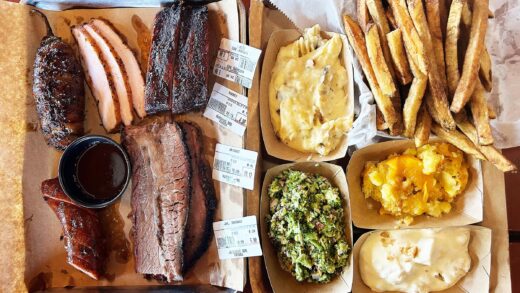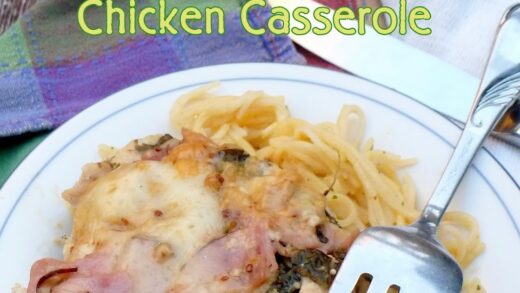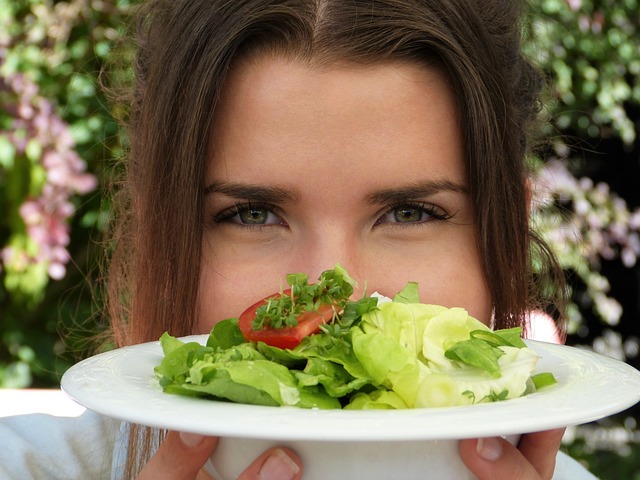
There are hundreds of different peach varieties in the world…each with its own unique flavour and texture. And yet, there are only a few of them for sale in supermarkets. So, If you want to grow something special, consider planting an heirloom peach cultivar.
To discover the best heirloom peach varieties available to home growers today, I spoke to Lawton Pearson of Pearson Farm in Fort Valley, Georgia. Lawton’s family has grown peaches since 1885 and he has a passion for the heirloom peach varieties that he enjoyed in his youth.
So, here are 8 of the best heirloom peach varieties that you can grow today. These peaches are not only delicious, but many also have rich histories.
- Indian Blood
- Elberta
- Belle of Georgia
- O’Henry
- Red Globe
- Dixieland
- Redhaven
- Cresthaven
The history of heirloom peach varieties
Heirloom peach varieties are older cultivars that were popular 50, 70 or even hundreds of years ago. Many of these cultivars are no longer grown commercially, so if you want to enjoy the heirloom fruit, you often have to grow these trees yourself.
How old can heirloom peach varieties be? Well, Historians believe that peach trees were introduced to North America by Spanish missionaries in the 1500s. Most of those early peach varieties originally came from China, where peach trees have been cultivated for more than 4000 years.
There is a debate about whether there were native peach trees growing wild in North America before European colonization. But what is clear is that peach trees played a role in indigenous life for hundreds of years. Navajo communities in Utah, Arizona, New Mexico and Colorado grew peach orchards and over time developed a variety that could survive in their hot and dry climate.
Most of these orchards were destroyed in 1863 when the US government expelled the Navajo people from their homelands. But a few orchards in remote areas in the Southwest remained with Navajo families caring for and continuing to propagate these trees.
That old indigenous variety is called Southwest peaches. Southwest peach trees produce small peaches that can be eaten fresh, cooked or dried for winter storage. Sadly, today this heirloom peach variety is close to extinction.
Heirloom peach varieties for home growers
While Southwest Peaches are almost extinct, there are many other heirloom peach varieties that are still available and adventurous home growers can order them from specialist fruit tree nurseries. Let’s start off with four heirloom peach trees that have the richest history.

Historically Notable Heirloom Peach Varieties
There are four heirloom peach varieties that have had a significant influence on American agricultural history.
Indian Blood Peaches – Introduced in the 1500s (USDA Zones 5-9)
According to the Slow Food Foundation for Biodiversity, Indian Blood Peaches are the original trees that the Spanish missionaries brought to the New World in the 1500s.
The third US President, Thomas Jefferson was apparently a fan of this variety. According to The Fruits and Fruit Trees of Monticello by Peter J. Hatch, Jefferson, a passionate horticulturalist planted his first Indian Blood peach tree in his peach orchard in Monticello in 1807.
Indian Blood Peaches have dark red skin and red flesh. The fruit is large and the flesh clings to the central seed (clingstone). These peaches have an appealing tart flavor. They are good for fresh eating, baking and preserves and they can also be pickled.

Elberta Peaches – Introduced in the 1870s (USDA Zones 5-9)
Elberta Peaches are another popular heirloom peach variety. They were first grown in Georgia in the 1870s by Samuel Rumph who developed the cultivar, possibly by crossing the Indian Blood Peach with another variety called the Chinese Clingstone. The resulting peach was so delicious that it became one of the most popular varieties in the US and Elberta remained popular for over 40 years.
Elberta peaches were so revered in the early 1900s that a publication called American Florist published a poem about the fruit by Mabel Swartz Withoft: “Last summer when we parted, sweet Elberta! You looked quite fair enough to eat, Elberta! Yet this for absence may atone, Since last we met you’ve fairer grown; Yes, though you have a heart of stone, Elberta, you’re a peach!”
Elberta peaches are large and round, with a golden-yellow skin and yellow flesh. The flavor is sweet and delicate. They are freestone peaches, so it’s easy to remove the flesh from the pit. These peaches are excellent for eating fresh, canning, baking or making peach ice cream.

Belle of Georgia – Introduced 1875 (USDA Zones 5-8)
Samuel Rumph wasn’t the only plant breeder in his family. Not long after Elberta was brought to market, Samuel’s uncle Lewis A. Rumph introduced the Belle of Georgia, a large peach with creamy white flesh and greenish yellow skin.
Belle of Georgia soon joined Elberta as two of the most popular peach cultivars of the time. And both varieties remained popular for decades. But commercial growers eventually stopped growing the Belle of Georgia and replaced it, and Elberta, with more modern cultivars.
Lawton Pearson of Pearson Farm in Georgia, says this decision had more to do with shipping than flavor:
“A lot of it is not eatability. For a farmer there is a lot more that goes into a peach than just how good it eats because honestly, the Georgia Belle is one of the best peaches you can eat. It’s just impossible for you to move it anywhere, even off the tree, without bruising it.”
The third popular peach introduced in the late 1800s was the Hiley peach. Eugene Hiley, a farmer from Marshallville, Georgia introduced that peach in 1886.
O’Henry Peaches – Introduced in the 1970s (USDA Zones 5-9)
O’Henry Peaches were developed by a breeder called Grant Merril in Central California who was seen to be a plant breeding wizard of the caliber of the famous Luther Burbank. Merril developed more than 50 varieties of peaches and nectarines.
O’Henry peaches started a peach revolution! Before they were introduced into market in the 1970s, most peaches were white fleshed with yellow or white skin. But O’Henry peaches had a rosy red skin – a colour that consumers associated with beautifully ripe fruit.
O’Henry peaches were also firmer and also hid blemishes well. From that point forward, white and yellow peaches became a thing of the past and red-skinned peaches dominated the market.
Lawton Pearson’s Favorite Heirloom Peach Varieties for Warmer Climates
Lawton Pearson enjoys heirloom peach varieties because they remind him of his childhood. So over the years he has planted an orchard of heirloom peach trees. This fruit is not for market. Instead it’s for his own enjoyment.
Here are two of Lawton’s favorite heirloom peach varieties that will thrive in warmer, southern climates:

Red Globe Peaches – Introduced in the 1950s (USDA Zones: 5-9)
Red Globe Peaches are one of the largest heirloom peach varieties and the fruit is round with red skin and firm yellow flesh. This peach variety was developed in the 1950s in a peach breeding program in Beltsville, Maryland. The flavor is sweet and mellow. Red Globe Peaches are excellent for eating fresh, canning, or baking.
Dixieland Peaches introduced in the 1960s (USDA Zones 5-8)
When the public passion for Elberta started to wane, the USDA introduced the Dixieland peach to fill the void. Dixieland Peaches are large with sweet, soft flesh. The skin is yellow with a red blush, and the flesh is white. Dixieland Peaches are excellent for eating fresh or baking.
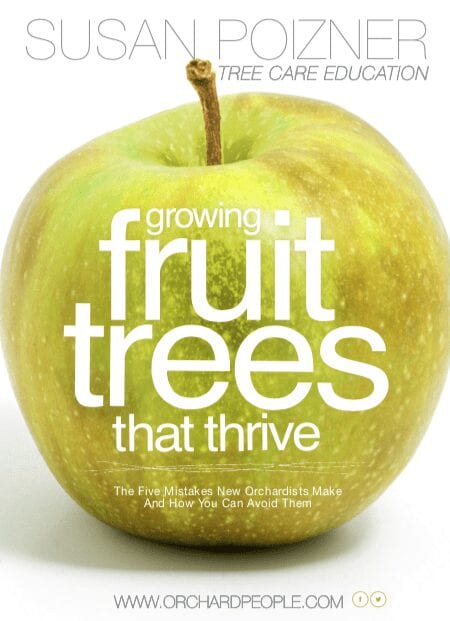
Fruit Tree Care Newsletter
Sign up for our monthly newsletter and we will send you our eBook “Growing Fruit Trees That Thrive.” You can unsubscribe at any time.
Heirloom Peaches for Cooler Climates
For growers in colder climates, it can be risky to plant a warm climate heirloom peach tree. That’s because late spring frosts can kill the blossoms of early blooming trees. And if the blossoms die, the tree can’t produce a harvest that year.
But there are many peach varieties that are appropriate for cooler climates and below are two of Lawton’s favorites. Developed in the 1940s, they can be considered heirloom peach varieties. And they also produce delicious fruit.
Redhaven Peaches – Released in 1940 (Zones 5-8)
While Elberta still reined supreme in much of the United States, Stanley Johnson, a research professor from Michigan State University was working to develop a peach that was even better. And he wanted to create a tree that could produce well in colder climates.
Redhaven was one of the peaches he developed and it was released in the 1940s. The peach is round and medium-sized, with red skin and yellow flesh. The flavor is sweet and it has a firm texture. Redhaven Peaches have become one of the most widely grown peaches of all time and they are excellent for canning or baking.
Cresthaven Peaches – Released in 1963 (USDA Zones 5-8)
Stanley Johnson followed up that success with the release of Cresthaven just a few years later. The freestone fruit is large and round, with a golden-yellow skin and flesh. The flavor is sweet and delicate. Cresthaven Peaches are excellent for eating fresh, canning, or baking.
Finally, are peach trees easy to grow?
So now we get to the to big question. Are heirloom peach trees easy to grow?
The answer is that all fruit trees can be challenging to grow. That’s because fruit trees often struggle with common fruit tree pests, diseases and poor productivity.
But if you know what you are doing, you have a good chance of success. As a fruit tree grower, your goals are:
- To choose a fruit tree variety that will thrive in your unique climate and conditions.
- To improve tree health and harvest with correct annual pruning.
- To feed your trees correctly while avoiding the damage that can result from over-fertilization.
- To ensure fruit quality by preventing fruit tree pests and diseases before they get out of hand.
While growing heirloom peach varieties involves some work, it can also be incredibly rewarding. The end result is delicious, nutritious fruit that you can enjoy fresh from the tree or use in your favorite recipes. And of course, there’s the satisfaction that comes from growing your own food!
If you’re interested in learning more about growing heirloom peach varieties, be sure to check out OrchardPeople.com’s online course Certificate in Fruit Tree Care where I will teach you fruit tree pruning, fertility management, pest and disease prevention and more. It’s the perfect way to get started on your journey to becoming a fruit tree expert!
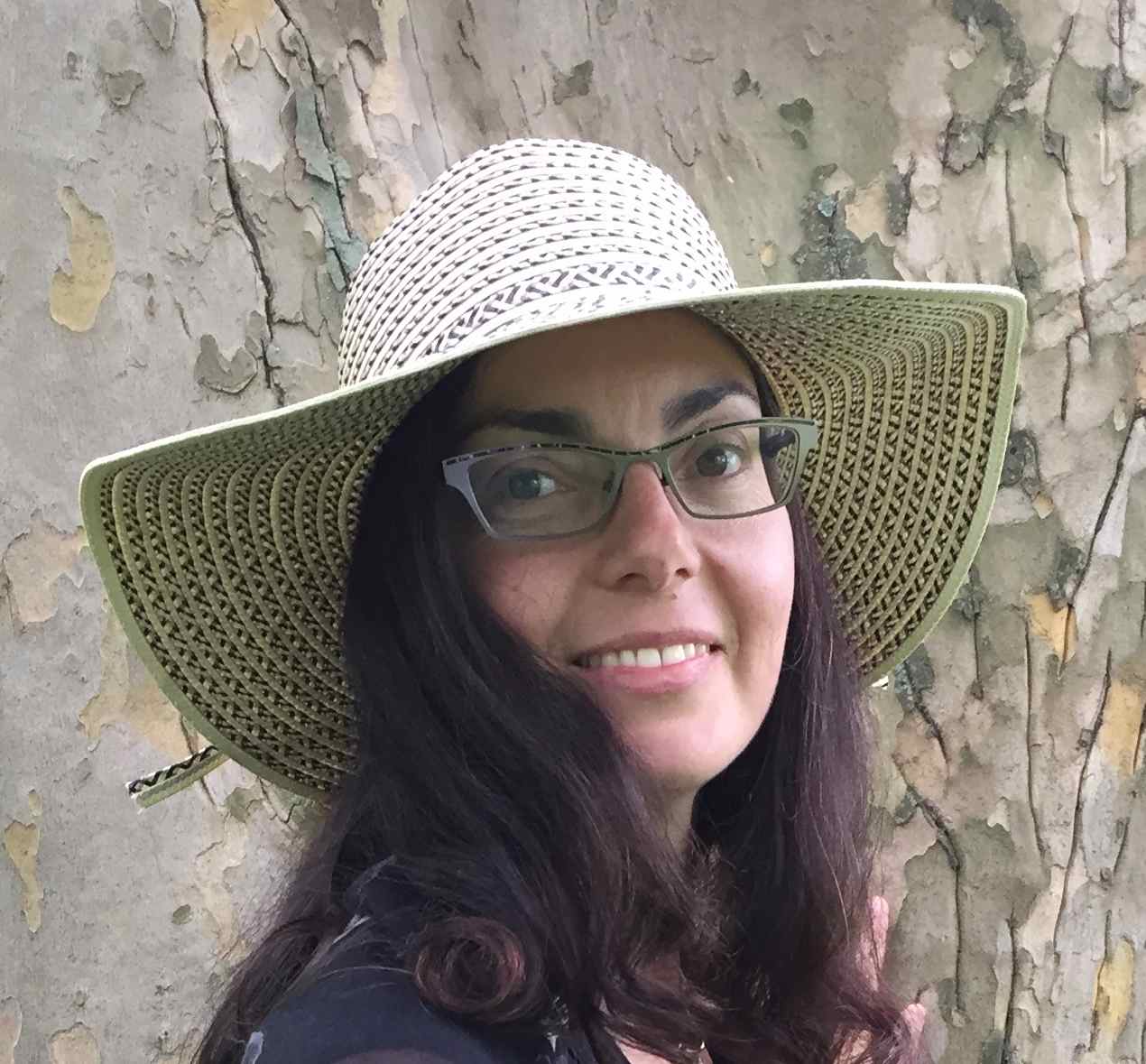
#Heirloom #Peach #Varieties #Grow #Home


